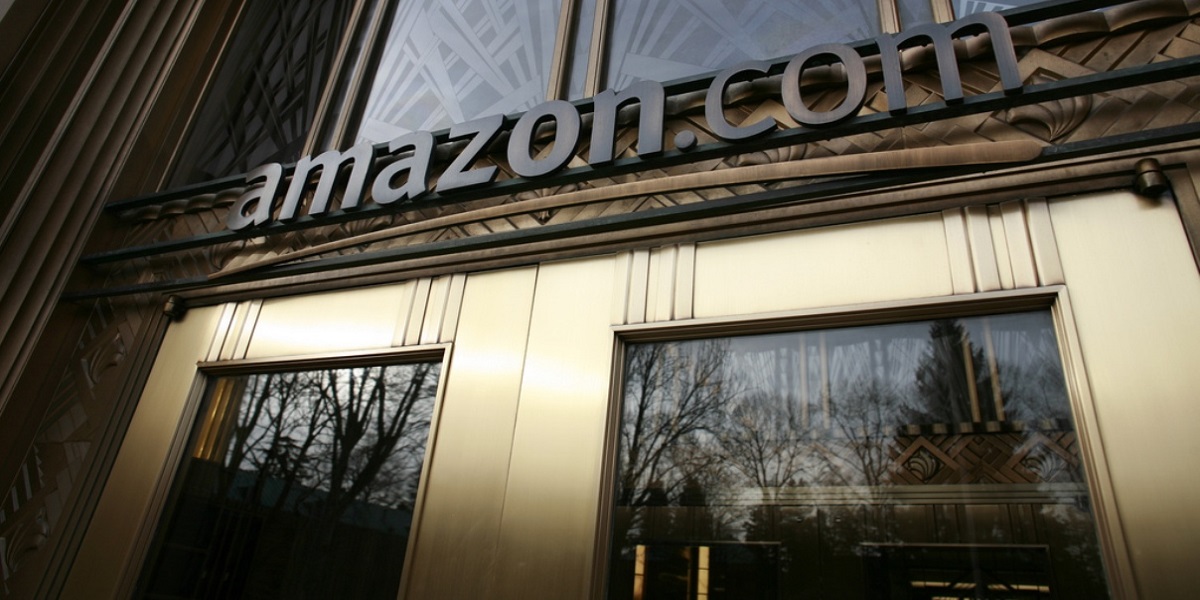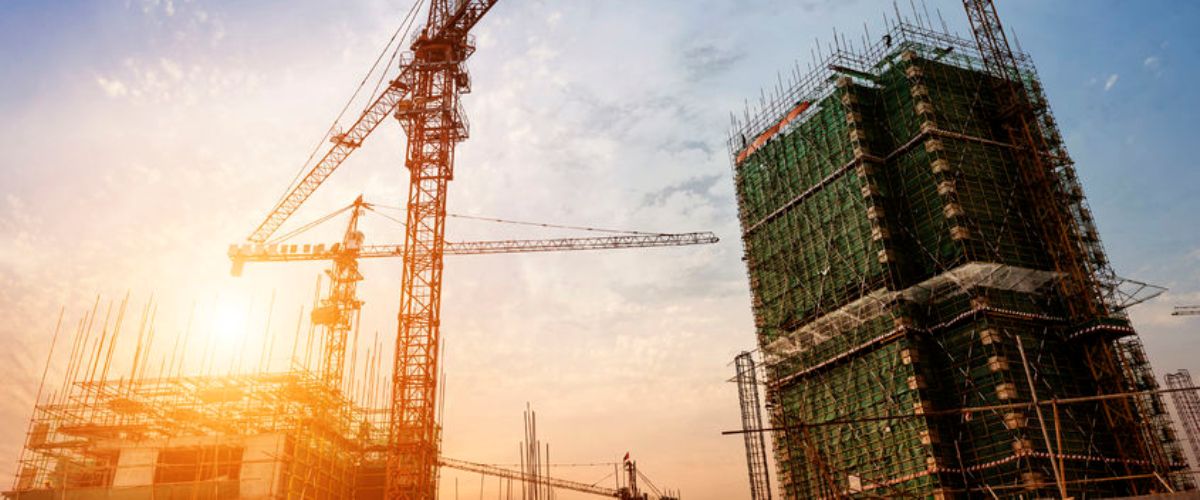The Carolina Club, an 18-hole championship golf course in Margate, has served as a qualifying site for the PGA Honda Classic and is known for its fast, well-manicured greens and contoured fairways.
But the semi-private club, built in 1971, isn’t making the cut. Miami-based developer 13th Floor Homes plans to acquire the 140-acre facility and completely transform it into a 350-unit residential community, with single family homes and townhouses.
The proposed homes would cost about $300,000 to $400,000 each, meaning the developer stands to make more than $120 million in total sales. The current owner, J&D Golf Properties, would also stand to profit from the sale. It purchased the club in 2002 for $5.3 million.
The Carolina Club conversion is just one of several planned golf course redevelopments in South Florida, as golf operators weigh the rising expense of maintaining fairways and greens against the diminishing revenue. Couple that with the game’s waning popularity nationwide, and owning a golf course is now a risky proposition.
“Less people play golf, and those who do play are playing less rounds,” said Mike Nunziata, president of 13th Floor Homes. “Operators are having to cut rates to attract players. The industry is now in a place where the revenue just isn’t enough to cover the costs to maintain itself.”
His company has developed a niche business statewide for building residential communities on former golf courses. From the 1970s to the 1990s, the game experienced a rise in golf course construction — spiking in Florida — along with some residential communities nestled alongside. Nunziata said that development far exceeded demand.
Despite several closings, Florida still has the highest number of 18-hole golf courses in the country. And just in Miami-Dade, Broward and Palm Beach counties, there are 177 18-hole equivalent golf course facilities, according to the National Golf Foundation. That’s down from 189 in 2007. But many others are barely hanging on, industry pros said.
“The golf courses were purely being built to sell the homes and support neighboring residential communities,” Nunziata said. “It was really more a real estate play and not so much a strategy that was centered around golf.”
In addition to his plans for Carolina Club, the developer is converting an 18-hole course in Delray Beach into Avalon Trails, a 521-unit residential community geared toward people 55 and older. Other projects in the works include a single-family home community over what are now two 18-hole golf courses in Tamarac.
In Hollywood, the Pulte Group is building 645 homes — including townhouses and single-family homes — at the former Hillcrest Golf & Country Club. The area covers 160 acres, and will rise over the 18- and 9-hole courses.
Atlanta-based Pulte is also developing 152 homes on nine of Woodmont Country Club’s 18 holes. It paid $10.2 million for the property in 2016.
But just as Tiger Woods appears to be on the comeback trail, the game itself has been evolving and companies are adapting to the next generation of fans and players. Topgolf, a Texas-based entertainment and technology-themed firm, has been establishing a presence in major commercial centers around the world, including Miami. At least five Topgolf facilities have either opened or are being planned in Florida. The first opened in Miami Gardens in 2016.
Investors are also considering other uses for all that golf course land. Soccer superstar and entrepreneur David Beckham is considering transforming the Melreese Country Club in Miami into a 25,000-seat Major League Soccer stadium. Beckham and his partners, Marcelo Claure, Jorge and Jose Mas, and Simon Fuller have put the price tag at $200 million.
For Topgolf, facilities are typically three-story entertainment complexes that feature a driving range, restaurant and bar. The golf balls are microchipped so statistics like distance and accuracy can be tracked and translated into points for games.
In some cases, they’re being built on existing courses, as in West Palm Beach. There, a Topgolf facility will rise on the 196-acre West Palm Beach municipal golf course. And while it could be seen as a competitor to 18-hole courses, Topgolf says it works closely with institutions like the Professional Golfers’ Association to help some courses stay open.
Topgolf spokesperson Morgan Schaaf said Florida is a natural place for Topgolf to expand, which the company is doing at a rapid rate. Topgolf is aiming to open seven to 10 locations a year, she said. It’s also going international, with facilities planned for Australia, Canada and Mexico within the next five years. Schaaf added that half its customers are golf novices because the company makes it more accessible than a traditional course.
Despite Topgolf’s popularity, a love for the course is still strong in Florida. Developer Lennar had been under contract to build homes on the 212-acre Ocean Breeze Golf Club in Boca Raton, which shut down in 2016 after having lost money and members for years. But plans skidded into the rough amid opposition from Boca Teeca duffers who were left with no options.
Sunrise-based GL Homes had already acquired the nearby Boca Raton Municipal Golf Course for $65 million. It plans to replace the 27-hole, 194-acre course with a community of 500 homes.
Earlier this month, the city of Boca Raton and its Greater Boca Raton Beach and Park District bought the 27-hole Ocean Breeze course for $24 million. The seller, Wells Fargo, seized the property through foreclosure. The renovated golf course, to be called the Boca Raton National Golf Club, is set to open in late 2019 or early 2020. It is expected to be a costly endeavor, up to $18 million to renovate and about $2.2 million per year to maintain.
“That kind of community effort appears to be an outlier,” said Brent Baker, Pulte’s Southeast Florida division president. “Only two kinds of golf courses will stay open in the future. The first is the one that requires membership fees, and the second is a public golf course that is subsidized by taxpayers, though even those — as seen with the Boca Raton municipal course — have great difficulty staying afloat. The math usually doesn’t add up. To keep a golf courses operating you’re talking hundreds of thousands of dollars, sometimes millions of dollars a year.”
Source: The Real Deal











